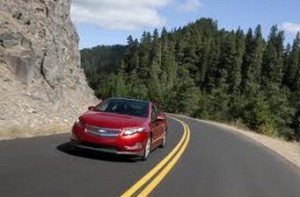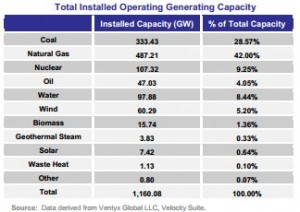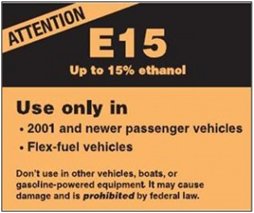 January 21, 2014 – Alternative fuel vehicles are playing an increasingly vital role in environmental issues, government policies, and economics. LeSage Consulting now offers services to support stakeholders in alternative fuel vehicles and clean transportation – education and public awareness, informative content, and market research services designed to assist clients in accomplishing their missions.
January 21, 2014 – Alternative fuel vehicles are playing an increasingly vital role in environmental issues, government policies, and economics. LeSage Consulting now offers services to support stakeholders in alternative fuel vehicles and clean transportation – education and public awareness, informative content, and market research services designed to assist clients in accomplishing their missions.
“Electric vehicles, hybrids, hydrogen fuel cell vehicles – and natural gas, propane autogas, and advanced biofuels – are starting to see real numbers in vehicle offerings, sales figures, and infrastructure,” said consultant Jon LeSage. “Consumers, fleets, automakers, charging and fueling companies, governments, and other stakeholders, are making the necessary investments and commitment to meet what I would call the E Benchmarks – emissions, energy, economics, and efficiency.”
Stakeholders in this emerging field have been calling out for years on helping consumers better understand and make informed decisions. Education and public awareness services provided by LeSage Consulting – including online and onsite seminars, ride and drives, and educational materials – are vital for answering frequently asked questions and breaking through range anxiety and other concerns. LeSage Consulting will provide education resources to three audiences: automakers and dealer networks informing car shoppers and customers; stakeholder alliances deploying fuels and infrastructures; and conferences and events presenting educational seminars and hands-on experience with the vehicles.
LeSage Consulting also provides informative content ideal for websites and blogs, articles and newsletters, webinar presentations, and public information campaigns. The firm’s market research services will support education, awareness, and analysis of what’s happening in this industry; these services include industry metrics, surveys, focus groups, in-depth interviews, and analytical reports on emerging trends impacting stakeholders in the field.
Jon LeSage is known in the industry as a writer/editor covering alternative fuel vehicles for Green Auto Market, AutoblogGreen, and Automotive Digest. In addition to media, LeSage worked in market research serving clients in automotive, transportation, and consumer products. LeSage Consulting is a logical continuation of his professional experience and skillset – and his passion for clean transportation – in an engaging, insightful format.
“There’s so much to follow these days with breakthroughs in vehicle technologies, alternative fuels, and renewables, along with new ways of thinking about transportation such as carsharing and autonomous, driverless cars,” LeSage said. “Every one of the alternative fuels and vehicles has a series of challenges to break through to see real growth. LeSage Consulting works with clients to turn these challenges into opportunities that will help clean transportation move forward.”
Stakeholders served by LeSage Consulting will include:
- OEMs, automotive suppliers, and dealerships
- Fleet managers, fleet management companies, and transportation companies
- Charging and fueling infrastructure providers
- Government agencies and research centers
- Industry associations and environmental groups
- Marketing agencies
- Energy companies
- Carsharing and ridesharing providers
- Telematics and connected car providers
More information on LeSage Consulting products and services is accessible on LeSage’s website including current and back issues of Green Auto Market; subscribers can choose the Extended Edition with industry metrics including hybrid and EV sales, alternative fuel prices, stock market performance for companies in the field, and US charging and fueling stations. In the next few months, LeSage Consulting will release the Green Vehicle Database with specifications, pricing, and incentive data on passenger and commercial vehicle offerings for the 2014 and 2015 model years. Jon LeSage can be contacted at (562) 505-6380 and jlesage@jonlesage.com.
 If you’ve been on a conference call with stakeholders, or had a coffee at Starbucks with a few of them, questions always come up:
If you’ve been on a conference call with stakeholders, or had a coffee at Starbucks with a few of them, questions always come up:






